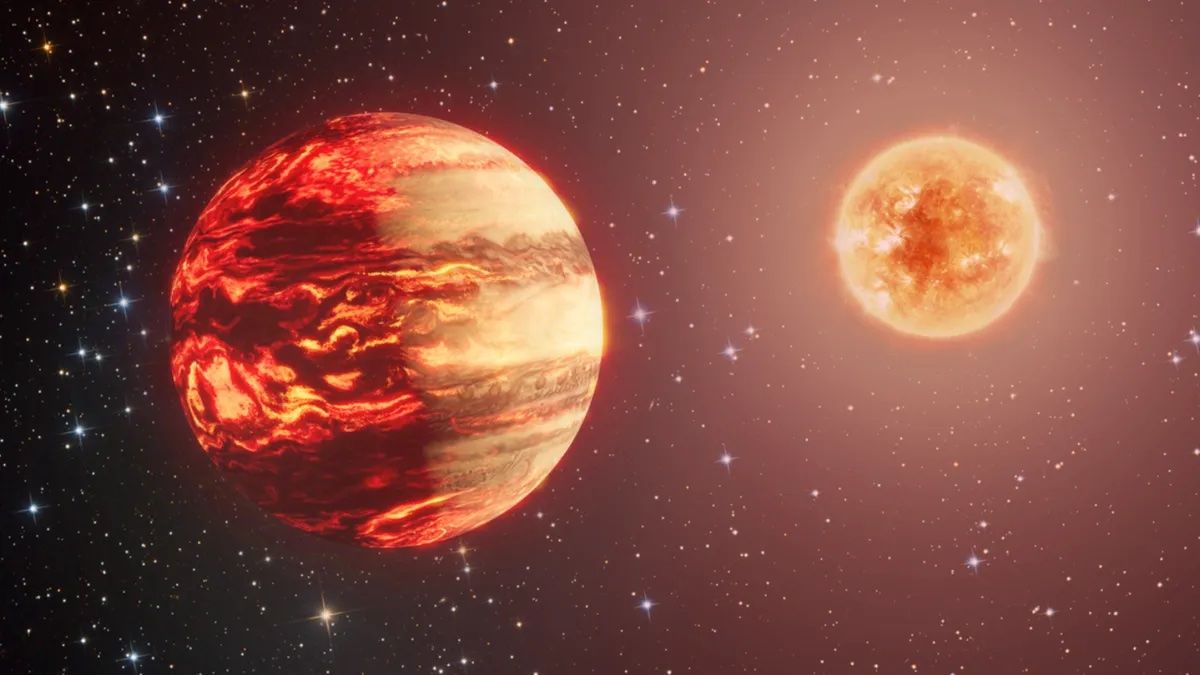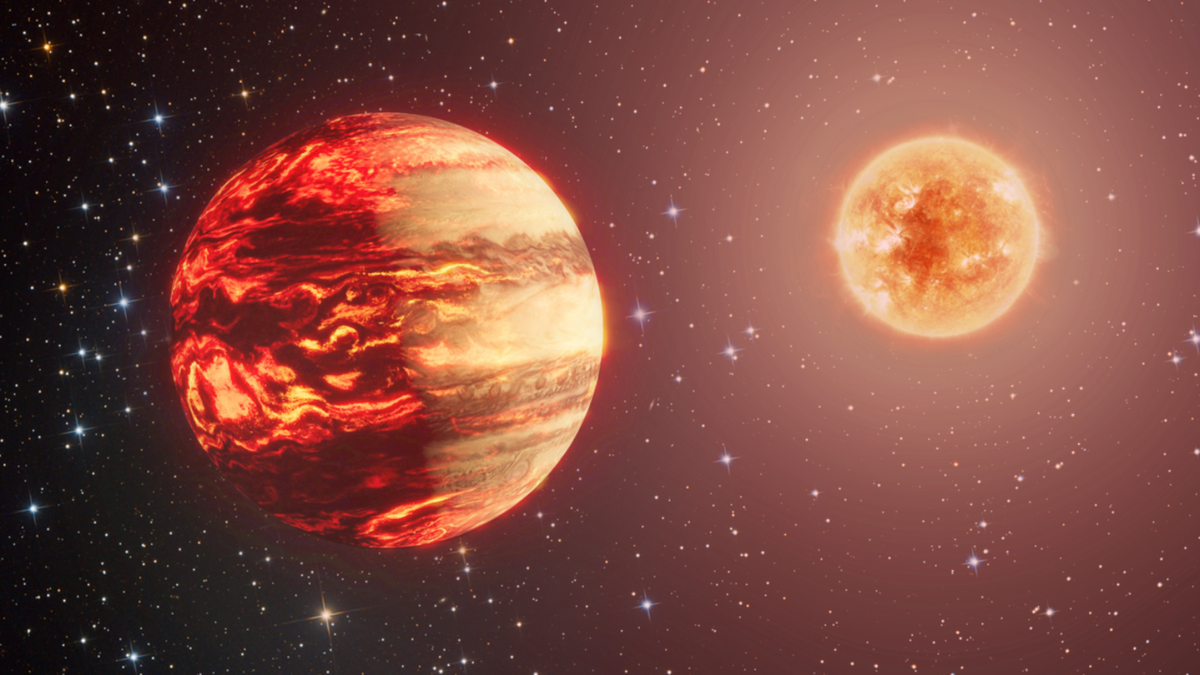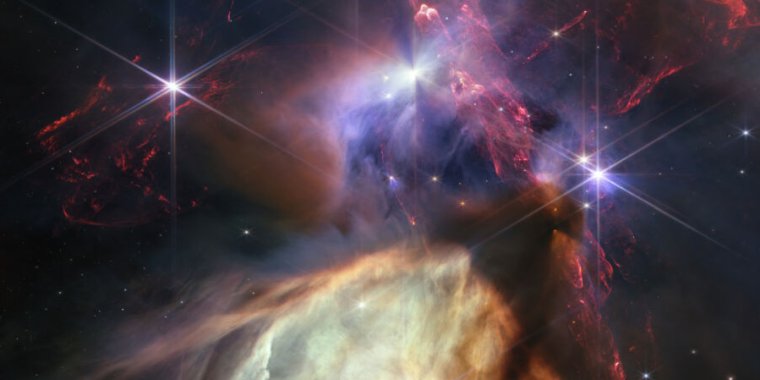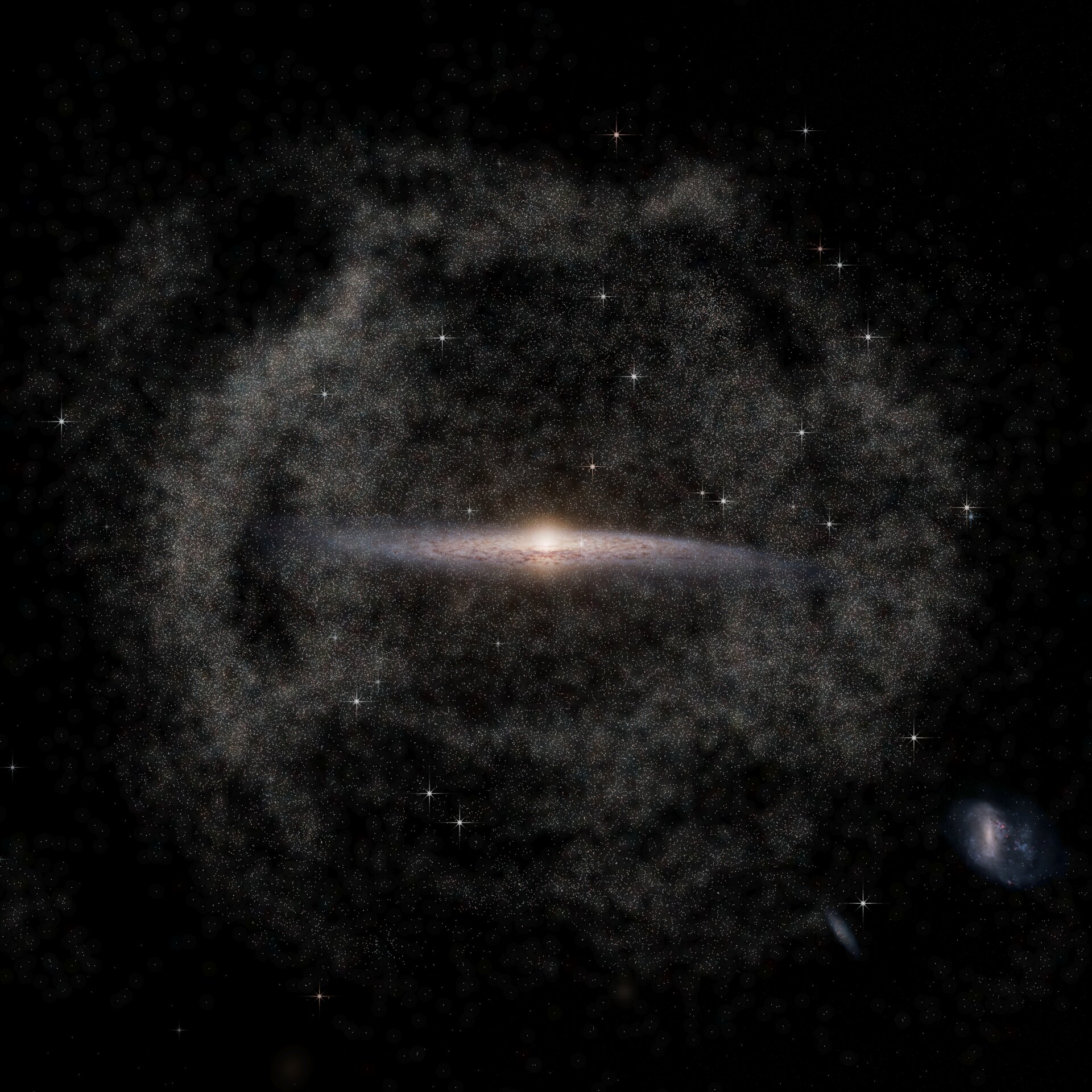The Gaia Space Telescope helps astronomers image hidden objects around bright stars
Scientists have directly imaged eight dim objects in Gaia’s data catalog that accompany very bright stars, including so-called “failed stars,” also known as brown dwarfs. The stars and their companions were originally identified from millions of stars in the Gaia catalog. They were considered ideal for follow-up research with the ground-based GRAVITY instrument, an advanced … Read more



